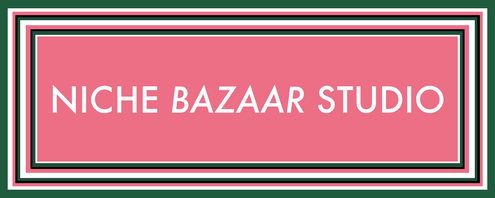Hello and welcome to the first official segment of "Materials Matter" - a new blog theme focused entirely on the materials and techniques that make the eyewear we enjoy and sell. This is partially influenced by our recent blog post discussing the various materials which go into making a frame. There was a lot of scope within this topic, and it felt like a good opportunity for there to be a more in-depth exploration of the different materials and techniques used.
Tsuchime
For the first official post, I thought we could start with a niche one. Tsuchime literally translated as "hammered" from Japanese. Although this technique of marking metal has strong Japanese roots, there is actually very little information on where this technique originated from. This is due to the art of hammering metal for the effect goes back as far as metalwork itself. Metal objects were traditionally forged using heat, hammers, and various other tools. This makes it hard to narrow down where hammered metal originated from, as it is as old as metalworking itself.

Above is a mockup of the various types of tsuchime you get, (courtesy of Kikukawa)
Tsuchime is most often seen on kitchen knives and various other tools. It is a stylistic choice rather than being purely functional. Tsuchime effects are is popular however, you can also find it on various sculptures from different ages, and even architecture. Traditionally, tsuchime is applied by hand. This makes it a time consuming process and also one needing a skilled hand. Although it might sound easy, a deft hand is required in order to ensure the depth of the marks is even and only influence one side of the metal.
Typically tsuchime is only applied to specific metals such as copper, bronze, brass, but it can be found on lighter alloys such as aluminium. One eyewear brand which employs this technique is Rigards. Almost exclusively used on their copper made frames and sun clips, Rigards is able to utilise this technique thanks to the hand finished nature of their frames. This also means that each tsuchime frame is unique in their dimple pattern and one-of-a-kind.

Enjoyed learning about an ancient metalworking technique that is still employed today? We hope so! Let us know in the comments if there are any other materials you are specifically interested in learning more about.

